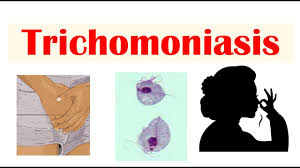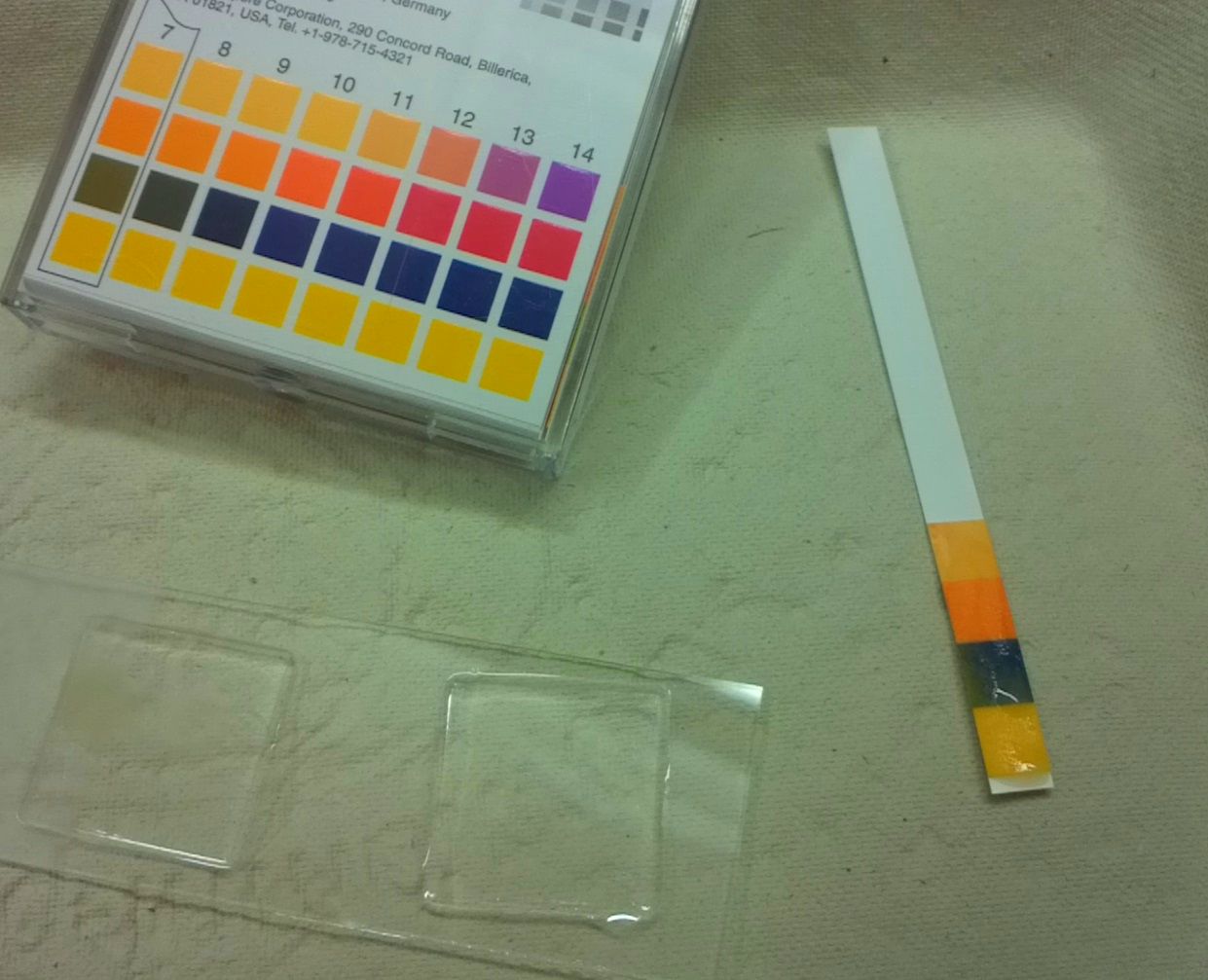Trichomonas vaginalis
The most prevalent non-viral STI worldwide, trichomoniasis is thought to have caused 276.4 million new diagnoses in 2008 (WHO). While the frequency is greater in impoverished countries, diagnosis rates have consistently declined in industrialized nations. Trichomoniasis is identified in around 2% of GUM clinic visits in the UK. Aetiology The treatable sexually transmitted disease trichomoniasis … Read more





